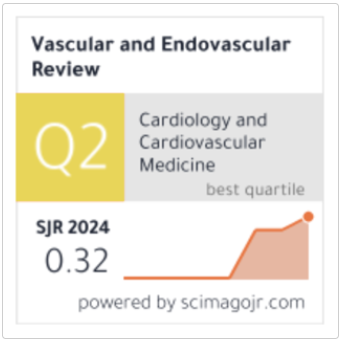Optimizing Postoperative Hemodynamics After CABG: The Role of NT-proBNP in Multimodal Monitoring and Targeted Therapy
Keywords:
Postoperative hemodynamics, Coronary artery bypass grafting (CABG), NT-proBNP, Hemodynamic monitoring, Stroke volume variation (SVV), Pulse pressure variation (PPV), Critical care cardiology, Biomarkers in cardiac surgeryAbstract
Postoperative hypotension is a common and critical complication following coronary artery bypass grafting (CABG) that contributes to organ dysfunction and increased mortality. Traditional hemodynamic monitoring methods often fall short in distinguishing the underlying causes of hypotension in complex cardiac patients. N-terminal pro-B-type natriuretic peptide (NT-proBNP), released in response to ventricular wall stress, correlates with left ventricular filling pressures and serves as a valuable biomarker for guiding hemodynamic management after CABG. Elevated perioperative NT-proBNP levels predict adverse outcomes such as low cardiac output syndrome, renal dysfunction, and prolonged intensive care unit stay. When integrated with dynamic parameters like stroke volume variation (SVV) and pulse pressure variation (PPV), alongside echocardiographic data, NT-proBNP enhances diagnostic accuracy and supports individualized therapy. A structured algorithm incorporating NT-proBNP facilitates tailored administration of fluids, inotropes, and vasopressors. The use of NT-proBNP as an adjunct to conventional monitoring provides real-time insight into myocardial stress and volume tolerance, potentially improving clinical outcomes, resource utilization, and patient safety in post-CABG care.








